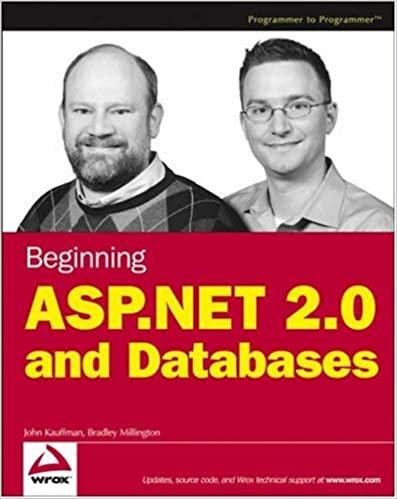Question
QUESTION 1 Unlike analog communications, digital communications do not involve the use of sinusoidal carriers during the digital modulation process. True False QUESTION 2 Electrical,
QUESTION 1
Unlike analog communications, digital communications do not involve the use of sinusoidal carriers during the digital modulation process.
True
False
QUESTION 2
Electrical, electromagnetic, and optical symbols are used to represent logical (0s and 1s) data. As such, symbol rate is always equal to data rate, and the two terms can be used interchangeably.
True
False
QUESTION 3
Select the true statement regarding the relationship between data rate (bit rate) and baud rate.
a. data rate is the same as baud rate
b. data rate is not dependent upon M (i.e., number of values that a symbol can take on)
c. data rate can be equal to or greater than baud rate depending upon the value of M
d. data rate is always less than baud rate
QUESTION 4
Determine the number of M value and number of data bits that can be represented using ASK where the possible amplitude values are {0v, +1v, +2v, +3v, +4v, +5v, +6v, +7v}.
a. M=2, N=1 bit per symbol
b. M=4, N=2 bit per symbol
c. M=6, N=3 bit per symbol
d. M=8, N=3 bit per symbol
QUESTION 5
Determine the number of M value and number of data bits that can be represented using FSK where the possible amplitude values are {0 Hz, 60 Hz}.
a. M=2, N=1 bit per symbol
b. M=4, N=2 bit per symbol
c. M=6, N=3 bit per symbol
d. M=8, N=3 bit per symbol
Step by Step Solution
There are 3 Steps involved in it
Step: 1

Get Instant Access to Expert-Tailored Solutions
See step-by-step solutions with expert insights and AI powered tools for academic success
Step: 2

Step: 3

Ace Your Homework with AI
Get the answers you need in no time with our AI-driven, step-by-step assistance
Get Started


